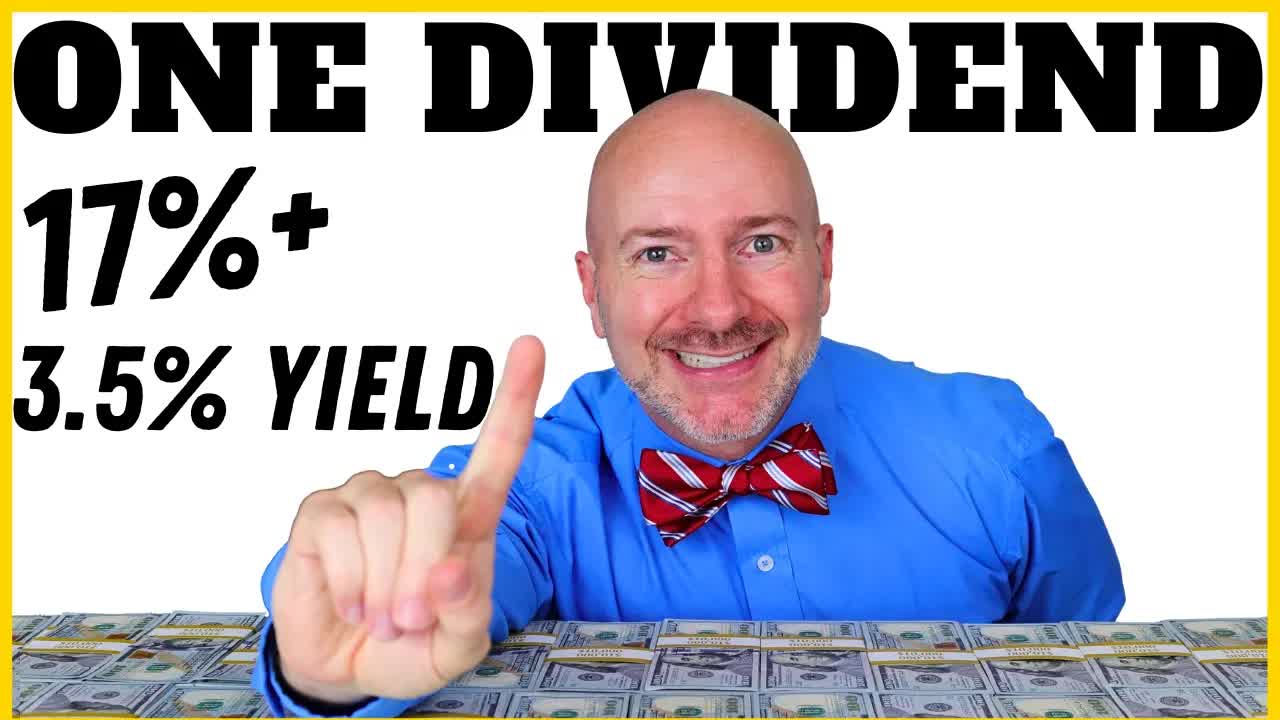This Dividend King Is on Track to Join the $1 Trillion Club. Is It a Buy?
Saturday, Nov 23, 2024 6:38 pm ET
Walmart (WMT) has been on a roll, reporting strong quarterly results and raising guidance. With a market cap nearing $700 billion, investors are wondering if the retail giant is poised to join the $1 trillion club. But is it a buy?
Walmart's third-quarter earnings report was a home run, with comparable-store sales up 5.3% in the U.S. and 7% at Sam's Club. The international segment also shone, with constant-currency revenue up 12.4%. The company's commitment to omnichannel sales, everyday low prices, and strategic acquisitions have propelled it past peers and toward the $1 trillion milestone.
Walmart's dividend history and strategy are key factors in its potential to join the $1 trillion club. As a Dividend King, Walmart has raised its dividend annually for 51 years, demonstrating consistent growth and shareholder commitment. Its current yield of 1.2% is lower than the average yield of 3.4% for other Dividend Kings, but it's higher than the S&P 500's average yield of 1.3% and the 0.9% average yield for the broader retail sector.
The company's strategic acquisitions, such as the recent purchase of VIZIO, play a crucial role in its long-term growth and expansion. VIZIO's SmartCast OS will enhance Walmart's in-home entertainment offerings, while Symbotic's AI-powered robotic and software platform will improve supply chain efficiency and inventory management. These acquisitions align with Walmart's strategy to leverage technology and innovation to drive growth and better compete with e-commerce giants like Amazon.

Walmart's dividend yield compares favorably to other Dividend Kings and the broader retail sector. Its lower yield is likely due to its strong dividend growth, with a 5-year dividend growth rate of 5.3% compared to the 3.7% average for Dividend Kings. Walmart's dividend growth over the next 5-10 years is expected to align with its earnings growth, positioning it well for potential entry into the $1 trillion club.
In conclusion, Walmart's strong performance, dividend history, and strategic acquisitions make a compelling case for its potential entry into the $1 trillion club. However, investors should carefully evaluate the company's fundamentals and weigh the risks before making a decision. Walmart's dividend yield and growth potential, combined with its recession-proof business model and commitment to innovation, position it as a solid choice for investors seeking a balance of growth and income.
Walmart's third-quarter earnings report was a home run, with comparable-store sales up 5.3% in the U.S. and 7% at Sam's Club. The international segment also shone, with constant-currency revenue up 12.4%. The company's commitment to omnichannel sales, everyday low prices, and strategic acquisitions have propelled it past peers and toward the $1 trillion milestone.
Walmart's dividend history and strategy are key factors in its potential to join the $1 trillion club. As a Dividend King, Walmart has raised its dividend annually for 51 years, demonstrating consistent growth and shareholder commitment. Its current yield of 1.2% is lower than the average yield of 3.4% for other Dividend Kings, but it's higher than the S&P 500's average yield of 1.3% and the 0.9% average yield for the broader retail sector.
The company's strategic acquisitions, such as the recent purchase of VIZIO, play a crucial role in its long-term growth and expansion. VIZIO's SmartCast OS will enhance Walmart's in-home entertainment offerings, while Symbotic's AI-powered robotic and software platform will improve supply chain efficiency and inventory management. These acquisitions align with Walmart's strategy to leverage technology and innovation to drive growth and better compete with e-commerce giants like Amazon.

Walmart's dividend yield compares favorably to other Dividend Kings and the broader retail sector. Its lower yield is likely due to its strong dividend growth, with a 5-year dividend growth rate of 5.3% compared to the 3.7% average for Dividend Kings. Walmart's dividend growth over the next 5-10 years is expected to align with its earnings growth, positioning it well for potential entry into the $1 trillion club.
AAOI, ABL, ACHR, ALAR, AMIX...Market Cap
In conclusion, Walmart's strong performance, dividend history, and strategic acquisitions make a compelling case for its potential entry into the $1 trillion club. However, investors should carefully evaluate the company's fundamentals and weigh the risks before making a decision. Walmart's dividend yield and growth potential, combined with its recession-proof business model and commitment to innovation, position it as a solid choice for investors seeking a balance of growth and income.










